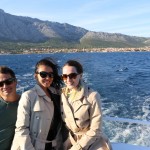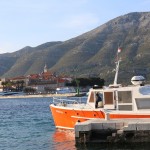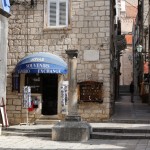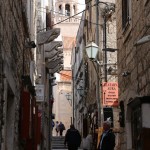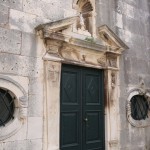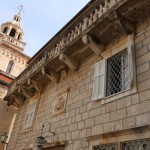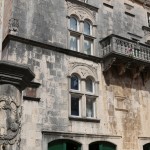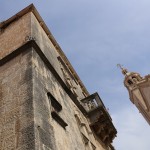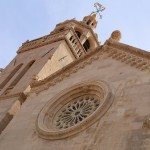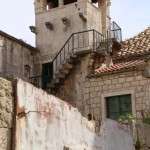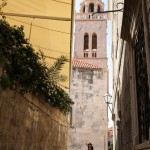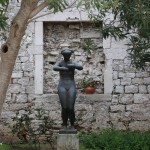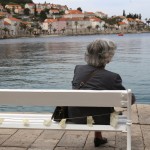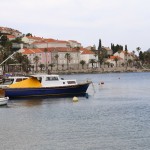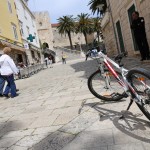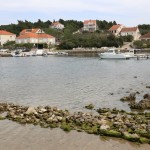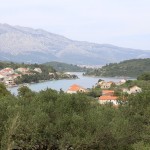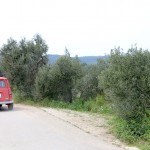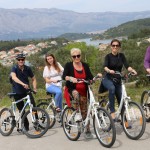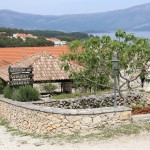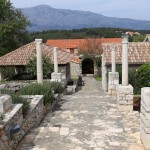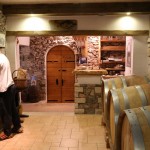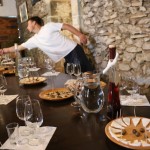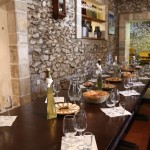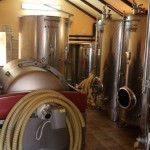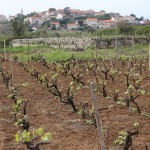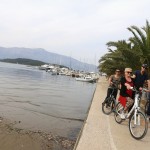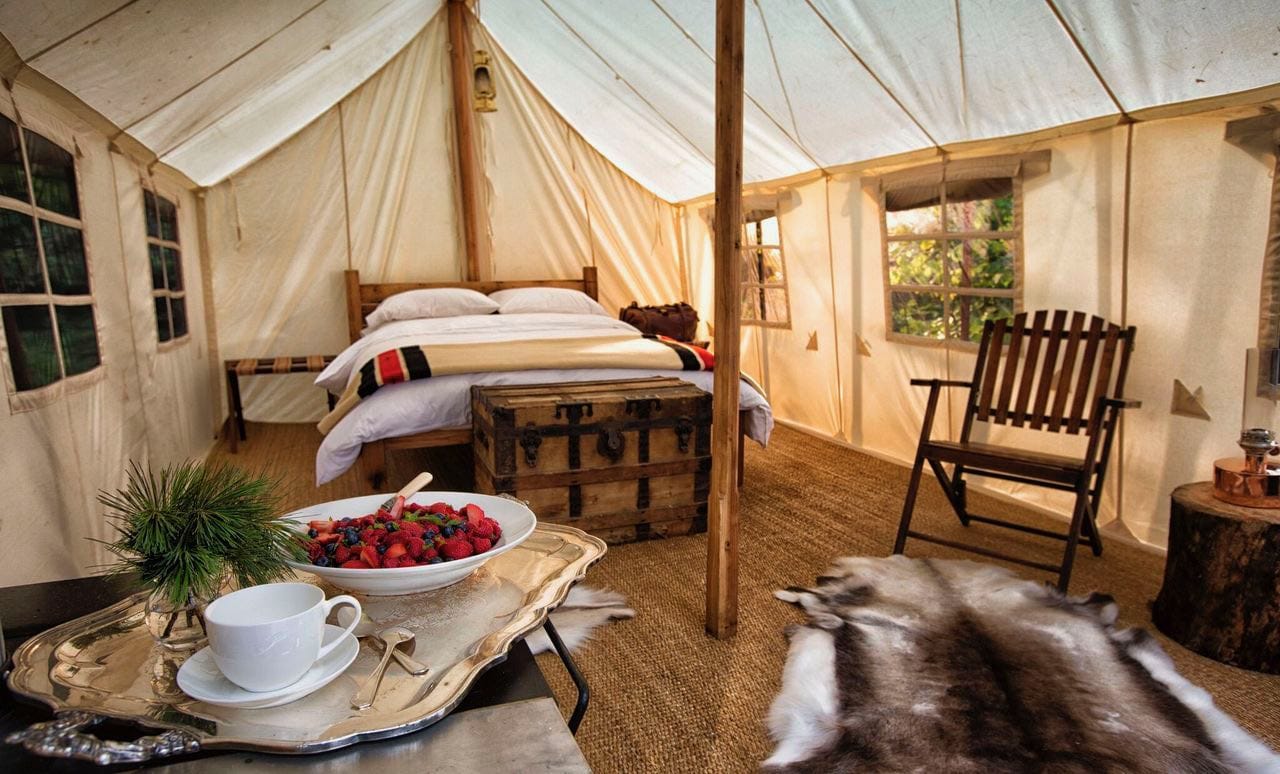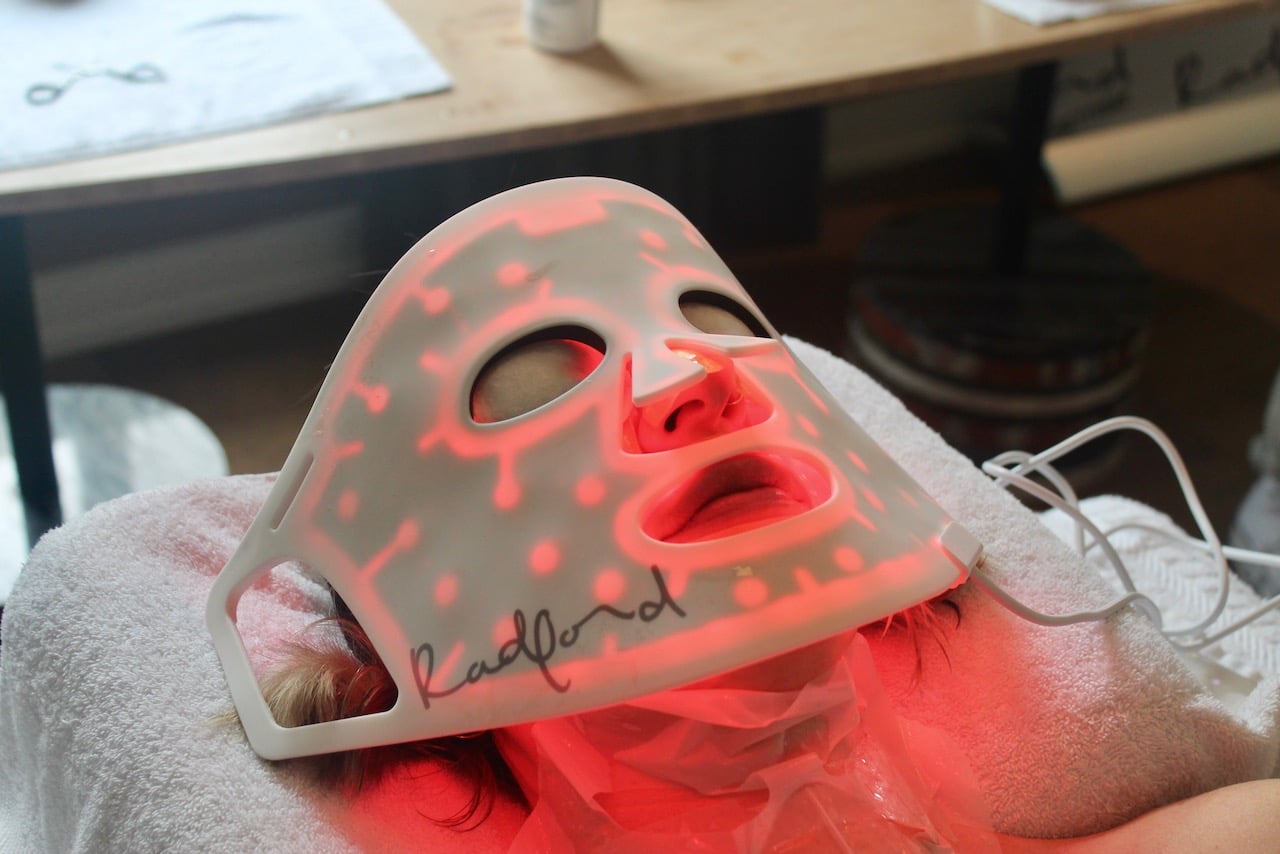Cloaked in vineyards, olives and Aleppo pines, Korcula is one of the greenest of the Adriatic islands. It is also one of the most popular, thanks largely to the charms of its main settlement, Korcula Town, whose surviving fortifications jut decorously out to the sea like the bastions of an overgrown sandcastle.
Dominating the 2km-wide channel which divides the island from the Peljesac peninsula, the medieval walled city of Korcula Town preserves a neat beauty that has few equals in the Adriatic. With a magnificently preserved centre, good out-of-town-beaches and a convincing clutch of local-food restaurants, it’s a compelling enough destination regardless of whether you believe the oft-parroted hype that it is the birthplace of thirteenth-century explorer Marco Polo.
The town was one of the first in the Adriatic to fall to the Venetians, who arrived here in the tenth century and stayed – on and off – for more than eight centuries, leaving their distinctive mark on its culture and architecture. The first tourists arrived in the 1920s, although it wasn’t until the 1970s that mass tourism changed the face of the town, bequeathing in new hotels, cafes and posh yachting marina.
After spending an entire day cruising south along Croatia’s jaw dropping Dalmatian Coast via Insight Vacations coach we watched the sun set across the Adriatic while bobbing in a wee boat. Our captain puttered out of the harbour and spent an hour cruising to the isle of Korcula, the splash of eager waves offering a refreshing mist to those who sat on the stern. We kept ourselves busy sipping wine and nibbling on nutty cheese before hopping onto the dock and marching up a series of steep steps in search of our new home sweet home.
A well-ordered grid of grey stone houses, Korcula’s Old Town is ribbed with a series of narrow streets that branch off the main thoroughfare like the veins of a leaf – a plan designed to reduce the effects of wind and sun. Old Town is entered through the fourteenth-century Land Gate, dramatically located at the top of an elegant nineteenth-century staircase. We met a local guide at the base of the stairs and spent the next hour touring through Korcula’s ancient alleyways.
Squeezed into a diminutive space that passes for a main town square, St Mark’s Cathedral is decorated with a gorgeous rose window and a bizarre cornice frilled with strange beasts. The main door is framed by figures of Adam and Eve, bizarrely depicted in toilet-ready squatting pose.
Rising from an alley near the cathedral is Korcula’s most controversial attraction, the Marco Polo House, which claims to be the birthplace of the famed globetrotter. Marco Polo was indeed captured by the Genoese in a sea battle off Korcula in 1298, and it is perfectly believable that he was a native of the town – De Polo is a common Korculan surname. However, he is unlikely to have had any connection with this seventeenth-century house. Believe what you will, buyer beware.
In the afternoon we hopped on bike’s and enjoyed a two hour cycle along the islands winding roads. I’ll have to admit some of the stints on our journey required a serious huff and puff but I was game for a bit of exercise as I knew my body needed to fight the fat I’d been indulging over the past few days. After wheezing to the top of a hill we took a breather to enjoy a pretty panorama of the harbour below and string of islands which swooped along the horizon. As we maneuvered back downhill I let my hair down to whistle in the wind while soaring across ancient vineyards, puttering past wee fishing villages and cruising past orchards filled with olive, lemon and orange trees.
While a scenic cycle ride is fine and well I felt my exhaustive efforts demanded a reward. The team of us let out a deep wheeze as we parked our bikes at the entrance to Bire agriturismo located in the heart of Lumbarda. After strolling down a gravel path I’m immediately greeted by two enthusiastic goats which hop up onto their fence to say hello.
Lumbarda is known for its stellar wines which were first brought here by the Greeks in the 4th century BC. One of the families who carefully nurtured the tradition of wine growing and transmitted it to descendants is the family of Milina-Bire.
After strolling through the properties lush citrus garden we gather in the winery’s central stone building and plop ourselves down at a massive feasting table for a tutored tasting. The wines produced by the Bire Estate are famous across Dalmatia and bottles can be found splashing into glasses at posh Relais & Chateaux restaurants throughout the region. The winemakers at Bire are most celebrated for reintroducing native grape varietals; the Grk and wildly popular Plavac Mali. We sipped ourselves silly while devouring freshly baked bread, olive oil drenched sardines and ripe goat cheese produced by the two dames who greeted us upon arrival with the quick wag of tiny tails.
You May Also Enjoy Reading…
Dinner at Poklisar Restaurant in Dubrovnik
Relais & Chateaux Lesic Dimitri Palace in Korcula
Driving Down the Dalmatian Coast




